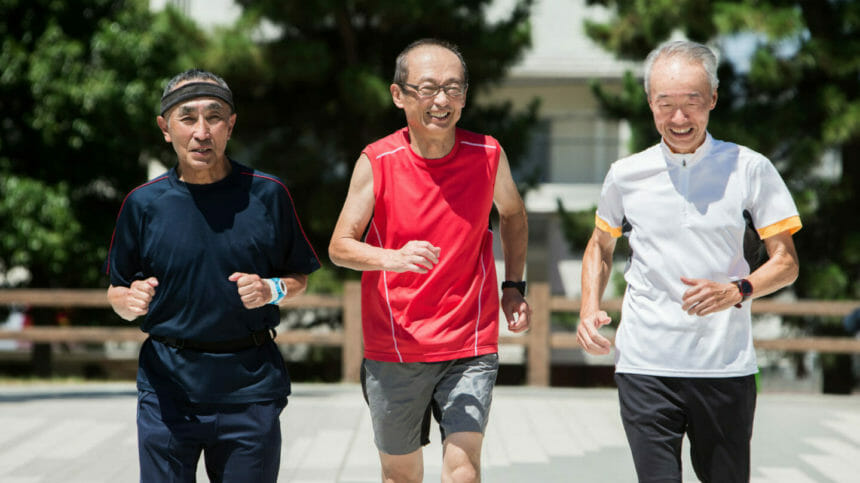
Higher levels of psychological resilience are linked to greater improvements in walking speed and distance 16 weeks after hip fracture, a new study finds. Interventions that help boost resilience could be especially beneficial for older physical therapy patients, the researchers say.
The study involved 210 hip fracture patients aged 60 years and older who were involved in a clinical trial. Participants were assigned to one of two 16-week home-based physical therapy interventions. Their level of psychological resilience was measured at study baseline using the self-reported 6-item Brief Resilience Scale, and walking capacity was assessed twice — once at baseline and then at 16 weeks.
Researchers compared results among therapy participants with high and low resilience levels. Those with higher levels of resilience had significantly greater walking speeds and distances, investigators found.
Assess patients’ resilience
Older adults are known to have substantial residual disability following hip fracture that affects their physical, social and psychological lives, wrote Richard H. Fortinsky, PhD, of the University of Connecticut School of Medicine. The study results reveal how a better understanding of older adults’ psychological resilience could help improve physical therapy interventions and outcomes in hip fracture therapy, he and his colleagues concluded.
“Walking capacity is a critically important outcome following hip fracture, in that it serves both as a surrogate measure of functional ability and physical health more globally, as well as a predictor of future survival, institutionalization, social interaction and community engagement,” the authors wrote. “Moreover, poor recovery after hip fracture causes considerable suffering for patients and imposes a financial burden on the social and health care sector.”
The investigators recommended that clinicians assess psychological resilience before starting post hip-fracture rehabilitation. They also encouraged the development of interventions that address low resilience with the aim of improving walking abilities and the capacity for independent living after hip fracture.
The study was published in the Journal of the American Geriatrics Society.
Related articles:
ICAA proposes post-pandemic wellness model for the active aging industry
Older adults’ mental health is resilient during pandemic, study finds




